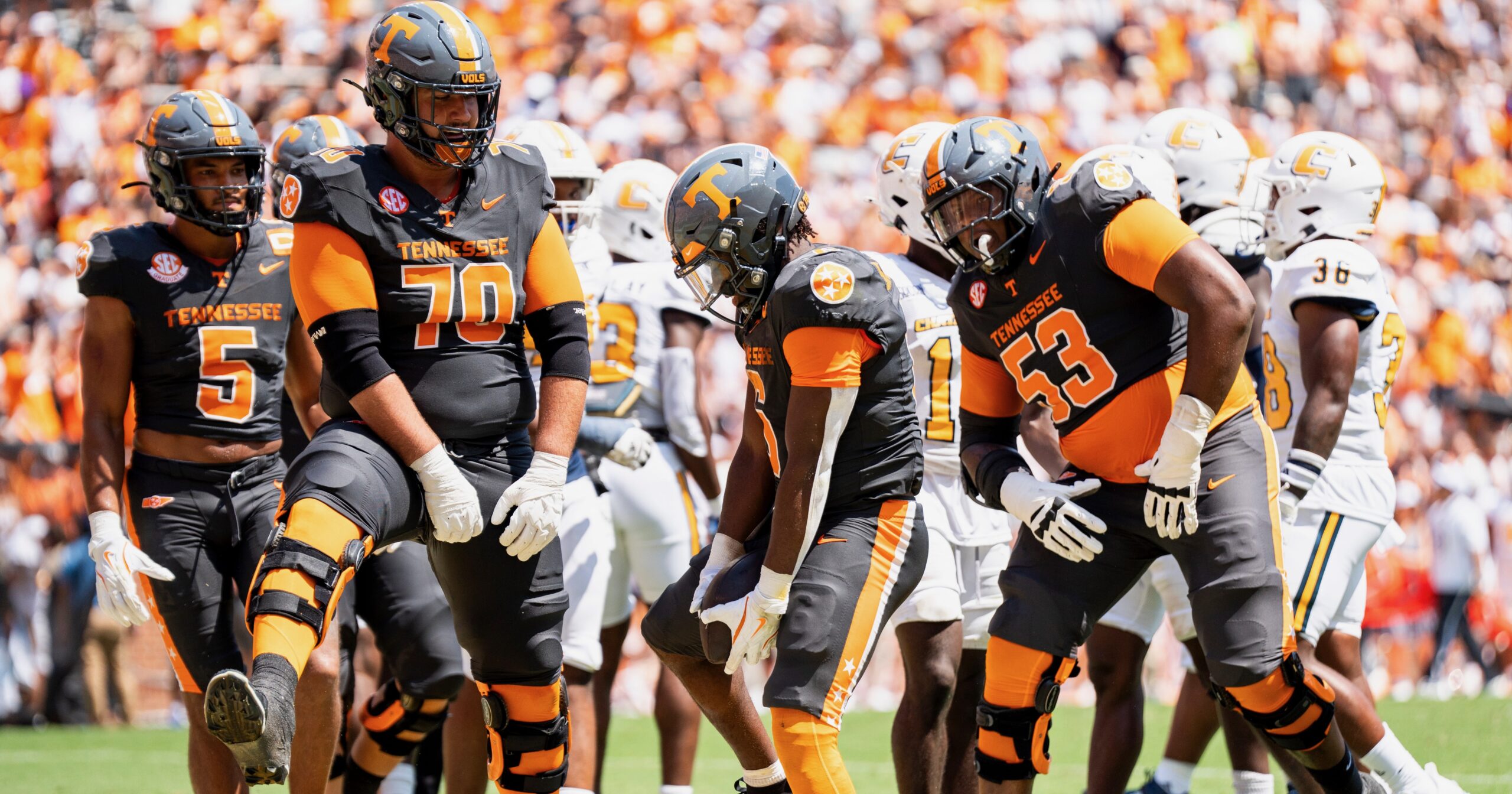Mixed reaction to Hobart's new Macquarie Point stadium design, as architects explain concept
The stadium must still pass the rigorous Project of State Significance process — then pass both houses of parliament — after it is submitted to the Tasmanian Planning Commission in the coming weeks.Questions about the suitability of the site, the stadium height, the roof design and internal shadowing on the pitch, along with parking, and the relocation of the heritage-listed Goods Shed were tackled.Leading figures behind the design and development of the proposed Macquarie Point AFL stadium have come out to answer questions about the recently released concept plans.The release of the first official concept designs of the Macquarie Point stadium predictably ignited the conversation around the project, spurning a swag of differing opinions and questions from the public.Social media comment sections often provide a good window to the thoughts and opinions of passionate Tasmanians, and a scroll of various Facebook and Instagram pages reveals that some believe the stadium is a "vanity project" and an "eyesore in a sacred place", while others think it is "stunning" and "special".Most people have questions, and they range from roof shadows to car parking; and as of yesterday, to the heavy use of timber.Over the weekend, Tasmanian media had the chance to pepper lead architect Alastair Richardson from Cox Architecture, Macquarie Point Development Corporation chief executive Anne Beach and Sports Minister Nic Street with questions.Here's what we learnt.The stadium is higher than originally anticipated, by more than 10m. Why?The apex of the domed roof is 54 metres from the ground and 51m above the playing surface, which sits 3m above the ground.This is taller than Docklands stadium in Melbourne, however that increased height is "spread" across the 160m-wide domed roof. The highest point of the roof has been increased to mitigate the height of the edges, which have been reduced to about 22m.The playing surface would sit 3m above the ground. ( Supplied: Tasmanian government )How will the added height impact the Hobart Cenotaph?Making the middle peak of the roof higher allows the sides or "edges" of the stadium to sit significantly lower than first planned and, according to stadium designers, reduce the visual impact from the neighbouring Hobart Cenotaph."It's about a 22m height wrapping around, the equivalent of a six-story commercial build," Ms Beach said.On top of that is the fixed dome roof, which gradually reaches the apex of 51m above the playing surface.Sightline analysis and images are yet to be released by the state government but are set to be made public soon. The RSL is yet to comment on the designs.Ms Beach said the corporation would put together a full package that will show view aspects from across the city that will show a lot more detail.This is a small site consisting of reclaimed land, with water table at 2m. Can it be built, and on time?Macquarie Point officials have been steadfast that the nine-hectare site is "stadium suitable". Ms Beach previously referred to the site as a "pin cushion" when describing the amount of geotech testing done. The design team has also doubled down."There's no issue with that at all. None at all," Mr Richardson said."We've done a very fine balancing of the final level, making sure the building doesn't come up too high and addressing the water table issues, putting it at the right level that combines cut and fill across the site."Our civil engineer, Pitt and Sherry, have been heavily involved in that decision."Right, but there's no way this thing will be built for round 1 of the 2029 AFL season?"Everything indicates that we can with the program we're doing," Mr Richardson said."Obviously, there's the Project of State Significance process that we have to go through, but we're on track for that, yes."Where will I park my car?Parking will be extremely limited, with only a handful of car parks available to the public.Concept designs show an extension of the northern access road at Macquarie Point, which morphs into a bus interchange at the stadium. A new road, which will run underneath the stadium, is proposed, but this will be for service vehicles and equipment trucks only.A new ferry terminal is also proposed, but details on that remain scant.On Sunday, the Hobart Northern Suburbs Rail Action Group claimed the stadium would "fail without rail".Tell us about timber and the roofThe type of timber being proposed is an engineered wood product called glulam, which is short for glued laminated timber. However, the particular local species is yet to be decided."So we're not just using things like radiata pine, we actually want to use eucalypt," M Richardson said."It's fully waterproof because it's underneath the roof so it's not exposed, and it doesn't degrade. We've done some work with that. There's more to do and we're looking into supply chain issues."We're wanting to invest in Tasmania, so all the components are built here rather than the timber being brought over to the mainland and brought back."And the roof?The material is called ETFE (ethylene tetrafluoroethylene), which has been in use for more than 40 years and allows the full UV spectrum to penetrate, which is crucial for grass growth.It's been described as "the most appropriate" material by the designers and "incredibly lightweight".It'll be supported by 800mm timber and steel beams.The stadium will be 51 metres tall at its highest point, the government says. ( Supplied: Macquarie Point Development Corporation )A translucent plastic roof. This thing will be a big noisy hot box won't it?The stadium won't house a complex air conditioning system, rather, it'll rely on natural ventilation according to the architects."We're bringing cold air in the bottom and extracting hot air at the top. What is nice and what we've found is that these types of stadiums, because of the warmth, increase the growing season [for grass], which is a good thing," Mr Richardson said."We've found on a cold winter's day at Forsyth Barr stadium in Dunedin, people sit in the sun and love it."A domed translucent roof next to a river. Whoever gets the roof cleaning contract will rake it in, won't they?The ETFE roof is "self-cleaning" according to stadium architects. That is, rainfall will naturally clean dust and other particles off the roof."However, it is recommended that it is hosed off once a year," the architects said.Speaking of rain, will heavy rainfall on the roof create a noisy distraction during a game of cricket for instance?While rain hitting the ETFE roof does create a "slight drumming" noise, it "dissipates very quickly," according to Cox Architects."We haven't seen any issues at other ETFE stadiums," they said.Won't the roof trusses cast shadows across the playing field?Apparently not, according to the architects.The roof height results in what the designers call a "diffused shadow", rather than "hard shadows" that might be seen at Docklands or around the edges of the MCG."We've done extensive modelling in terms of the shadowing, both indoors and outdoors," Mr Richardson said."The issue in terms of impact on play is minimised."It's also backed up by the sports lighting that is incorporated into the dome, rather than light towers."The project would revitalise Macquarie Point. ( Supplied: Tasmanian government )International cricket in a roofed stadium?Cricket Tasmania and Cricket Australia were satisfied with the designs following briefings last week.The roof height was initally a primary concern for cricket, but after obtaining data from ball-tracking firm Hawkeye and feeding it into the design of the stadium, the roof height was increased beyond 50m, and a solution was found.With play guaranteed under a roof, Cricket Australia could potentially extend its season into the colder months leading to an earlier start to the international summer of cricket and easing existing schedule restraints.Cricket Tasmania chief executive Dominic Baker told the ABC last week that the International Cricket Council was becoming increasingly interested in the Hobart project, while the Board of Cricket Control in India is also said to be exploring the concept of roofed arenas.Testing would have to occur for Test cricket at the stadium to be green-lit.We might need to expand from 23,000 seats. Can it be done?According to the architects, the stadium will be designed so that expansion to up to 40,000 seats is possible."The roof stays in its exact same location, the gap between the top row of the seats and the roof, which is enclosed, allows us to bring another annulus of seating around the upper tier," Mr Richardson said.Not everyone is excited about the new stadium. ( ABC News: Loretta Lohberger )There's a heritage-listed Goods Shed on the site. What of it?Under the plan, the Goods Shed would be relocated about 100m north, next to the escarpment.It'll act as an entryway to the stadium precinct on game days and could be used as an event and function space at other times."Because of the way it's constructed, out of timber post and beam and truss, it's not a difficult building to take apart and reconstruct somewhere else" Peter Walker from Cumulus Studios said.Given its recent heritage listing, the planning commission would need to be convinced that moving the shed does not severely or negatively impact the building's heritage values.Will this come in under budget?Stadium proponents and the state government remain adamant the stadium will be built within the $715 million funding envelope.Quantity surveyors and cost advisors WT Partnership, were hired to oversee the project and update costings as the design progressed.According to the proponents, and the designers, the maths stacks up, and the project remains on budget.Whether that remains the case, remains to be seen."Not a single dollar has been wasted on superfluous components," Mr Richardson said.The stadium must also pass the rigorous Project of State Significance process — then pass both houses of parliament — after it is submitted to the Tasmanian Planning Commission in the coming weeks.Anti-stadium protesters have made their point on parliament lawns in Hobart. ( ABC News: Loretta Lohberger )












